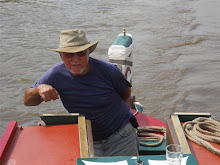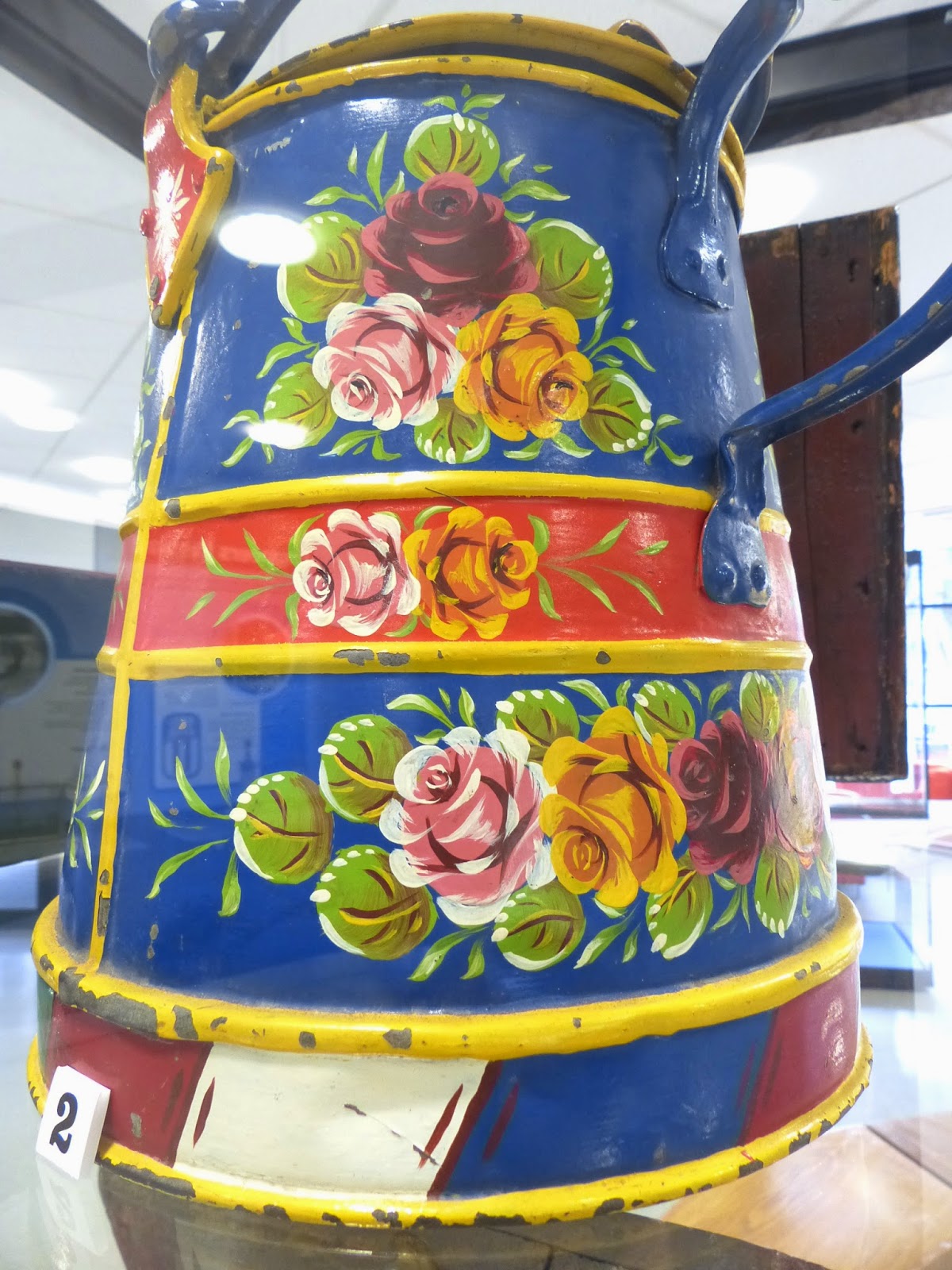We had moored in a quiet place and sat out on
the bank until it turned cold in the wind. Setting off the following day for
Winsford at the navigable top end of the river, we passed through Northwich and
Hunt’s Lock No.2 (there was no lock no.1) and Vale Royal Locks. Reaching the
end of the navigation and winding in
Winsford Bottom Flash, which we had been warned about the lack of depth, which
was not a problem if you didn’t go too far into the flash.
I stopped off for a pint at The Red Lion, having breasted up for a while alongside another boat. Not really a noteworthy pub, but the beer was fine. Having rehydrated, I joined the others on another quiet mooring in Vale Royal Cut.
The BBC crew were leaving the Weaver later today, but I decided to stay a little longer in Northwich to have a look around the town museum, which they recommended. Good and plentiful moorings here, close to Waitrose and shops in the town. Baleytwist and Cranley both needed pump outs and water, but a another boat was moored partly on the water point, which made life somewhat difficult. To add to that, Terry’s expensive (£16.35!) CRT pump out card refused to work, so they both had to operate on Mick’s card. The pump out hose was too short, so boats had to both very quickly exchange places to gain access. Most unsatisfactory.
Good moorings at the confluence of the Weaver and Dane rivers.
I must say that I thoroughly enjoyed the Weaver’sHall Museum and spent one and a half hours there, with a
free cup of coffee thrown in. I was surprised to find that a lot of Northwich
is built on old salt mines, which caused considerable subsidence to buildings
in the town and was solved by drilling bore holes into the mines and pumping in
a mixture of cement, ash, salt and brine, which filled the holes with a porous
solidified mixture. Several brick houses had to be demolished, but the wooden
framed buildings, built by the Victorians, could be jacked up to a new level.
Victorian timber framed building.
The third Co-Op in the country!
8 acres of Yarwoods boat yard C 1960.
Not a lot left of it today.
I was also surprised to learn more about W J
Yarwoods boat building in the town. They were known as principle wood and steel
narrow boat builders by most of the narrow boaters today, but they also built
sea going vessels and boats for the Admiralty during the 2nd World War.
They had a foundry and machine shop and could produce 95% of their boats on
site, which extended to 8 acres in size. The works closed in 1965.
Back into the lift............
..........alongside another boat.
I had time now to have a good look at the museum
in the Anderton Visitors Centre, where there were very good descriptive
displays of how the lift worked and more about the salt mines and works in the
area. There were a few items of painted ware on show by Reg Barnett, Bill Hodgson and Harold Hood, all of the Anderton Company, so all knobstick roses as expected. This style of painting was peculiar to the north east at the time.
Water can painted in 'knobstick style.'









No comments:
Post a Comment